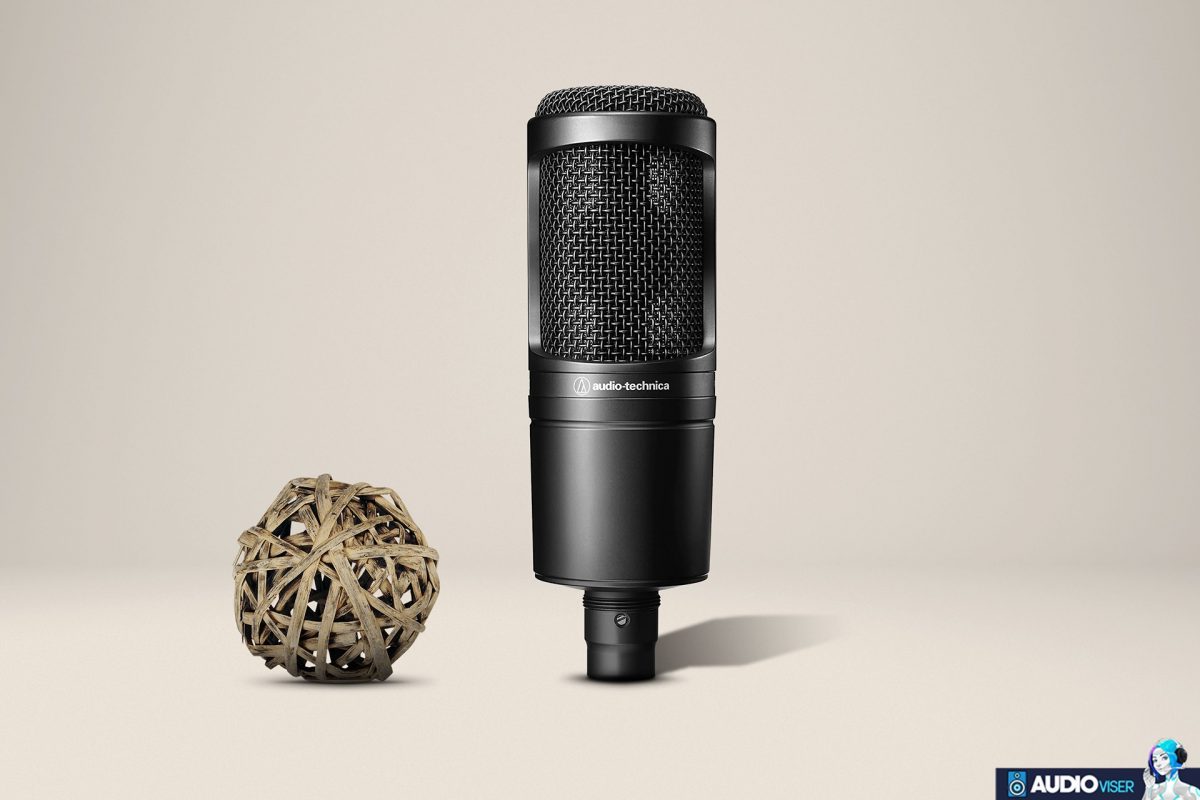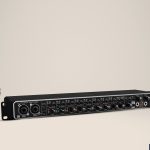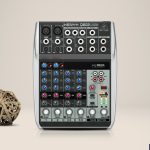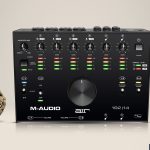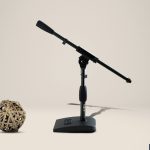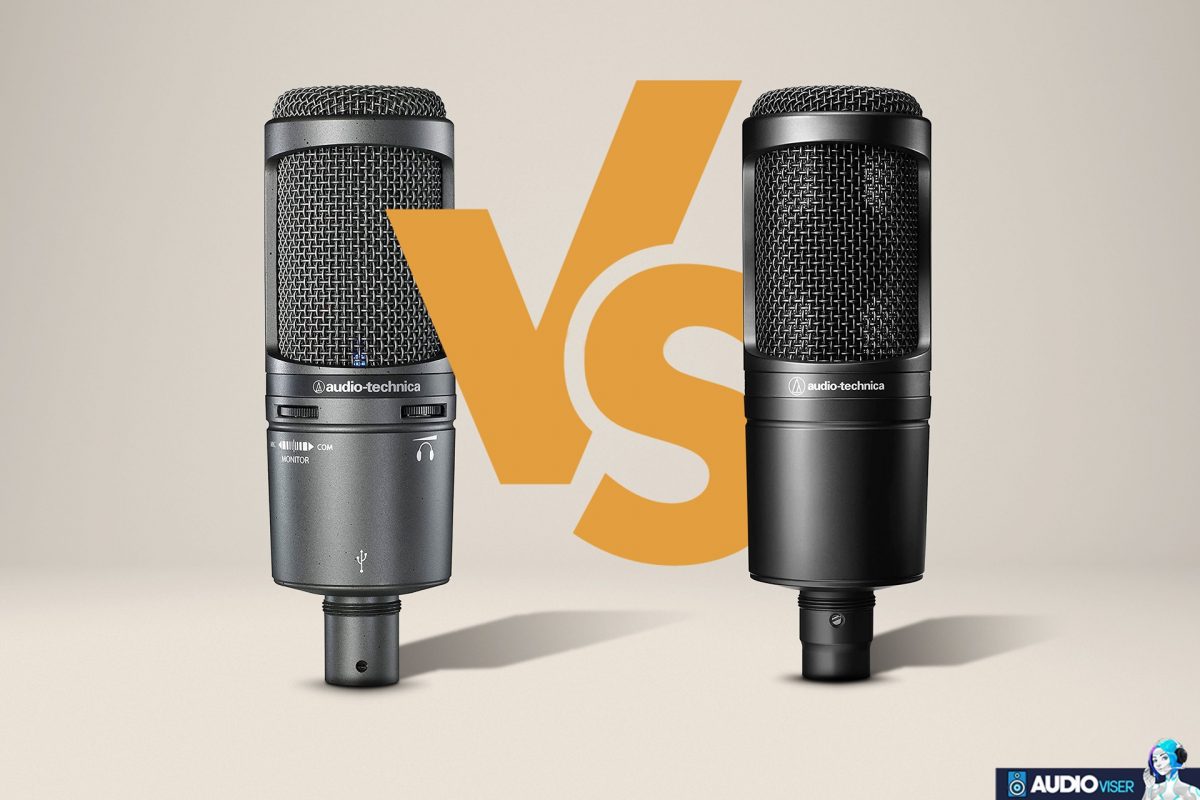
Everybody once in their lifetime has heard about Audio Technica, as it is one of the greatest brands in the “audio world”. They know how to bring everything that many people all around the world are in need of, and they are capable of bringing their devices to them in the best way possible.
I am well aware that you have heard about this brand’s headphones, but in this article, our concern is on something else! You will find out more information about Audio Technica’s amazing microphones which are AT2020 USB+ and AT2020 XLR.
Without further ado, let us take a deeper look at what these microphones have to offer, and why not to find out which one is better! Let’s get started!
Meet the Microphones
Without knowing who these microphones are, you can never make any comparison, and that is the reason why I will be talking about them specifically in this section. I will include some general information about these two amazing microphones.
AT2020 USB+
Firstly released in 2013, the Audio Technica AT2020 USB+ is known as one of the most famous and the greatest microphones from this brand, and it is one of those microphones that will do its job properly whenever in use. Still, what deserves to be mentioned about it is that this microphone, the AT2020 USB+ is the first choice by content creators all around the world.
AT2020 XLR
Even though with a quite similar name, the Audio Technica AT2020 XLR microphone is way older than the one already mentioned above. It is launched in 2004, and still, it is in use by many professionals in recording studios. It is a versatile microphone that has its specialties and doesn’t wait but offers them to us in a great way.
Key Specifications of the Microphones
AT2020 USB+
- Dimensions: 6.38 x 2.05 x 2.05 inches
- Weight: 13.6 ounces
- Polar Pattern: Cardioid
- Frequency Response: 20 Hz – 20 kHz
- SPL: 104 dB
- Signal to Noise Ratio: 74 dB
AT2020 XLR
- Dimensions: 9.6 x 9.6 x 2.6 inches
- Weight: 1.8 pounds
- Polar Pattern: Cardioid
- Frequency Response: 20 Hz to 20 kHz
- SPL: 144 dB
- Signal to Noise Ratio: 74 dB
The Main Comparison
You can notice that in the above-mentioned section, I added the microphones’ key specifications, which are the most essential things that one should know about a device, especially sound devices. However, here comes a comparison that is important to be known by you guys, whenever talking about these amazing microphones by Audio Technica. Let us see how are they built, how you should connect them, and most importantly let us see if they are good performers!
Build Quality
Audio Technica always makes stable and strong devices and these two microphones are no exception. Overall, both of them are well built, and they look quite similar to one another in terms of design.
Both of the microphones, AT2020 USB+ and AT2020 XLR, are made of metal as the main material that is used, with some slight differences in the weight only because the size is completely the same.
The AT2020 XLR is a bit heavier than the AT2020 USB+, and its weight may be considered a drawback in this case, of course, if we consider holding the microphone in our hands and not on a stand.
Being lighter, the modern AT2020 USB+ is more compact and a little bit better if we consider holding it and using it for long periods of time during the day.
Connections
The connectivity part is one of the main differences that these two microphones have, as it is completely different.
In AT2020 USB+, hence the name, we have a connection via a USB, and it is able to perform greatly with any type of device that accepts it, especially when it comes to computers or laptops. In general, it is compatible with Windows, Vista, Mac OS, and also XP. That can mean one thing: the connection and the compatibility of AT2020 USB+ is on point!
When we move on to AT2020 XLR, again just by its name, it tells us that the connectivity works via an XLR cable or connector, which as I mentioned in some other articles, is one of the most used types of connectors in different audio devices. The connectivity of this microphone is well enough, but still, when it comes to the compatibility part, you may have it limited somehow.
Both of the microphones are great when it comes to connectivity, but the USB type is more versatile when it comes to use in different devices, old and modern ones. It seems like the AT2020 USB+ is the winner of this case.
Performance
The first sentence that I would like to say about the performance of these microphones is that they both are able to bring a decent sound quality, and they are definitely masters in picking up your voice.
The frequency responses that they work at are both flat, and they work great in all lows, mids, and high frequencies of sound. The sound will be brought crystal clear and in a smooth way. If we consider the fact that they are both cardioid microphones, your voice will be picked up only from the front part of the microphone, and you shouldn’t worry in any way about the background noise or the noise that may come out of the other devices that you will be using.
Gladly and proudly, I would say that in the most important part of the comparison of these two microphones we have a win-win situation! Both of the microphones that I am comparing, AT2020 USB+ and AT2020 XLR, are perfect performers and some definite beasts when it comes to the sound quality and the voice pick-up. There is no noise and there is an exceptional clarity overall!
Final Words, Verdict
Coming at the end, I personally created something in my mind and kind of chose my direction on choosing which of these microphones is better. Considering the fact that there are no big differences in the build quality and in the sound quality part, the main one goes into the connectivity.
With the AT2020 USB+, you will have easier use! That’s because USB microphones are considered plug and lay, and with it, I mean that when using the USB type you won’t need any extra device that should be used.
Still, you know that I don’t like to imply any of my opinions, besides advising you on which is better! For me, the USB+ type is one step further.
I hope that this article will help you distinguish between AT2020 USB+ and AT2020 XLR, which are amazing microphones in the overall form!
I hope you have fun!
Further Reading
I hoped you liked what I had to say. If so, you can continue and read some more.
There is an interesting blog on why autistic people wear headphones. Find it out. There’s also something that bothers a lot of people, can you wear headphones after wisdom tooth removal? Find that out too.
And here’s a list of some wonderful headphones for recording vocals.
Audio Engineer
You’ll never find anyone more passionate about audio as me. I love to share my knowledge with others and help people find the right equipment for them.




